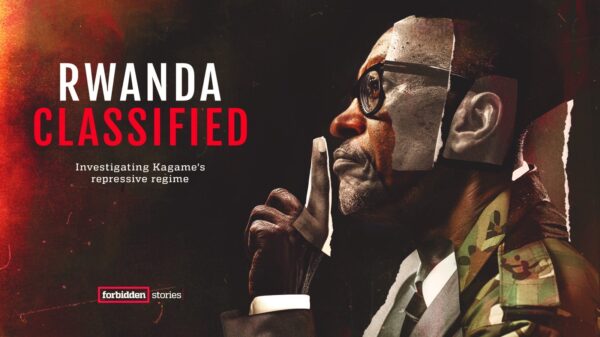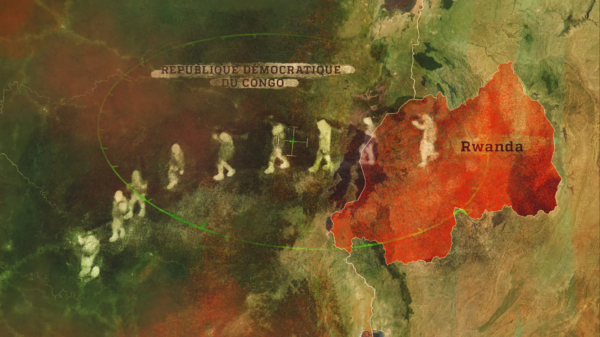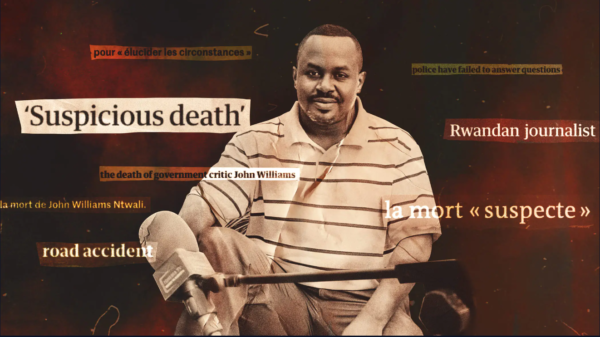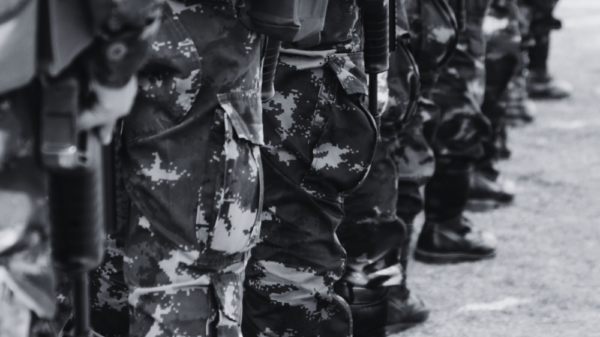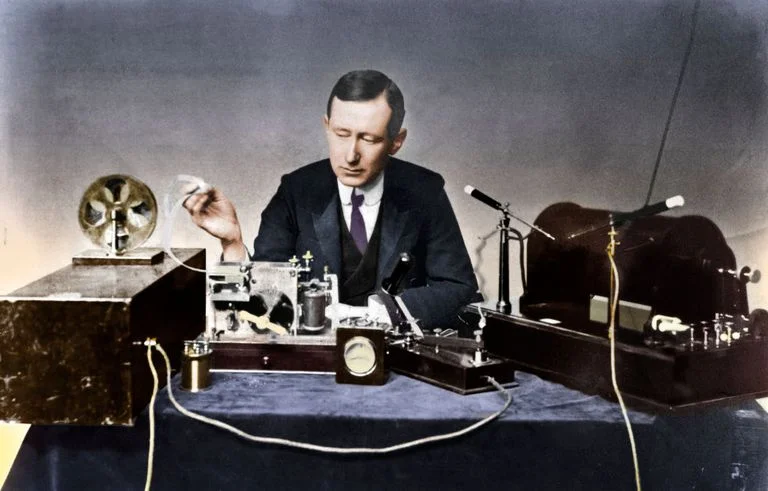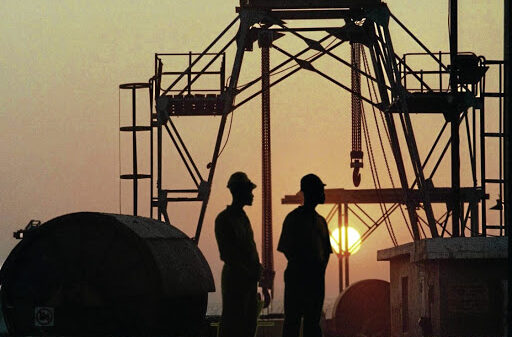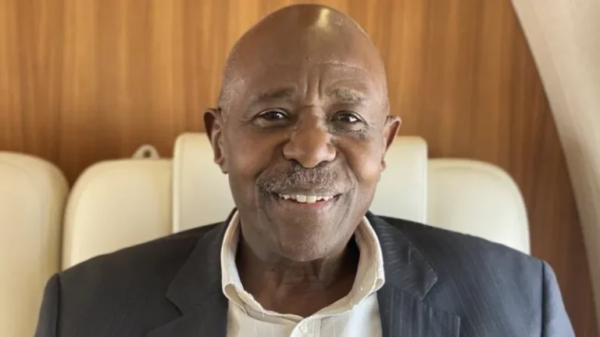The History Of Radio, The History Of Television, The Future Of Radio And Television, Cable Television
As a verb, to transmit programs or signals intended to be received by the public through radio, television, or similar means. As a noun, the radio, television, or other program received by the public through the transmission.
In 1898 Guglielmo Marconi, a 24-year-old Italian, began the world’s first commercial radio service. For citizens of the United States, radio—and later television—not only introduced an abundance of entertainment and information, it also raised many legal questions surrounding its implementation and regulation. In radio’s earliest days, stations all broadcast at the same frequency; this situation posed problems because although some stations agreed to share their time, others attempted to broadcast stronger signals over those of their competitors. Problems continued even when stations began to broadcast on separate frequencies. Because broadcasting requires use of the airwaves for the transmission of its signals, and because the airwaves can carry only a limited number of signals, it soon became apparent that some form of regulation was necessary. In 1927, the Radio Act (47 U.S.C.A § 81 et seq.) became law and the Federal Radio Commission (FRC) was created to police the broadcasting industry. Two important tenets of broadcasting were introduced by the law. The first was that stations must broadcast “in the public interest, convenience, or necessity.” The second was that the people, not the radio stations, owned the airwaves. In its efforts to see that the airwaves were used in the appropriate manner, government regulation faced obstacles as it attempted to ensure suitable government-funded programming, appropriate programming for children, and equal access to broadcasting for minorities. Additional challenges were created by changing technology as CABLE TELEVISION went underground and satellite television took to outer space.
The ancient Greeks were the first to experiment with alternative (i.e. other than sending a messenger) methods of transmitting information over long distances. These early ’transmissions’ involved the tops of hills, and fire by night, plus columns of smoke or large mirrors by day. This principle did not evolve very far until the 19th century, when experiments began to transmit messages via a series of electrical clicks on wires. Thus the telegraph system was born, laying the foundations for the broadcast of the human voice and other noises.
The Beginnings of Radio
Radio is the first ’modern’ media form, and had a huge impact on the history of the 20th century. For the first time information could be broadcast, ie it could be received by anyone with the right equipment, without wires. The birth of radio ushers in the era of mass communications. Many people have likened the explosion in radio in the 1920s to what is happening with the internet today – lots of enthusiasts setting up their ’broadcast slot’ and sharing their knowledge with similar people. Wireless communication has really come full circle, as more and more people turn to mobile phones and handheld computers that can receive internet ’transmissions’. As with the recording of images (in the 19th century they were recorded on metal plates, now they are recorded on metal plates that make up DVDs and computer hard drives) the broadcast of information has come full circle.
The first documented radio transmission occurred in 1895 and was sent by a 21 year old Italian, Guglielmo Marconi, who conducted simple experiments using a radio transmitter and receiver, the transmitter placed at his house, and the receiver placed three miles away. He got his servant to fire a gun when the transmission had been received – the three dots ··· of the letter S in Morse Code. The Italian government were not at all interested in Marconi’s invention, so he continued his experiments in Britain where he had the full support of the Minister of Post. Marconi (who had never been to university and had taught himself physics and electronics!) took out several patents and started to build radio stations across the south coast of Britain. In late 1901 he crossed the Atlantic to St John’s Terranova, and there, on 12 December, received the first weak transatlantic radio signal, another ···.
New Tricks of Communication
Radio had an immediate application for shipping, as now ships on the busy transatlantic routes could communicate with land and each other. Think about the role that radio transmission played in the arrest of notorious murderer Dr Crippen, who tried to flee to America with his lover on the SS Montrose:
This message was transmitted to the White Star Company in London, who forwarded it to Scotland Yard, on July 22 1910 and resulted in the capture of the killer as he tried to disembark in Canada; the first arrest of a criminal made possible by the new technology.
or the sinking of the Titanic in 1912.
However, it was not until after World War I (during which radio communications were used intensively) that the first mass broadcasts began. This occured on November 6th 1919 when a Dutch concert was broadcast at a pre-arranged time (so amateur radio enthusiasts as far away as Britain could tune in). The first commercial radio station opened in Pittsburgh in July 1920, and the radio quickly became a popular source of entertainment (music, comedy, drama), sport, information and news. By 1930 a radio set provided the main source of entertainment in homes across the world. RTHK began broadcasting in 1928.
The idea of television (i.e. sending and receiving images along wireless technology) was first bouncing around in the 1870s, but it did not become a reality until the 1920s. It is very difficult to name one person as ’the inventor of television’ as different scientists all over the world invented different components to combine into what we understand today as ’TV technology’. The first of these was Vladimir K. Zworykin, who in 1921 invented a device that would convert patterns of light into electronic impulses. He was followed by Scotsman, John Logie Baird, who produced the first television set in 1924, but it showed only shadows. Also in 1924, Philo Farnsworth, an American, came up with the concept of broadcast television. By 1928 engineers had managed to create a crude receiver set and camera, and this went on show at the World’s Fair – the first public viewing of television. However, the opportunities presented by TV were clear to many before this, and both the BBC and CBS were established in 1927.

